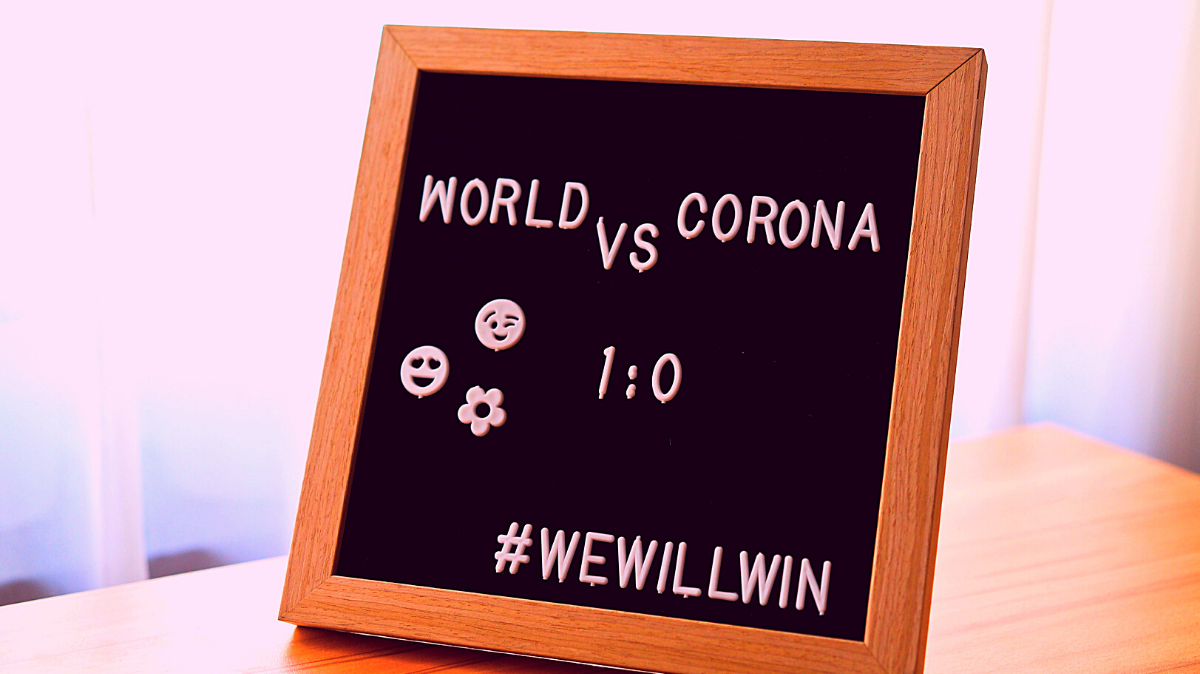
How is Covid affecting the project? Some designers and companies are rethinking everyday life by offering innovative and essential solutions.
Covid 19 has brought great changes to everyday life, it is nothing new. Starting with the masks, we had to adapt to new habits and living conditions never experienced before. The difference in movement that we experience every day lies both within the wide-ranging issues and within the small daily actions.
How do we go to a place if we are constantly exposed to the risk of contagion? How can the risk be minimized?
The answers that have been given are many and varied. Never before have designers and companies been challenging time and imagining more or less visionary answers to tackle the new problems we face a lot.
Some projects have tried to minimize the risk of contagion by eliminating the contact of several people with the same surfaces.
One example is Foreward's project, Dropkick. It is a button for pedestrian crossings, which can be operated with the foot in place of the manual mechanism. The original key has turned into a means of transmitting germs and bacteria. This idea helps to minimize the risk of coming into contact with germs and bacteria, and thus appears to be functional and in step with the times.
 Dropkick
DropkickAnother system that replaces the touch of the hand is the Shoe Pull Hands-free door opener system designed by Philip Watts Design. In short, it is a metal object that can be applied to any type of door and that allows you to open it by hooking it with the foot and applying strength with the leg. In this way the hands are free and do not touch surfaces that could be compromised by germs, bacteria and viruses.
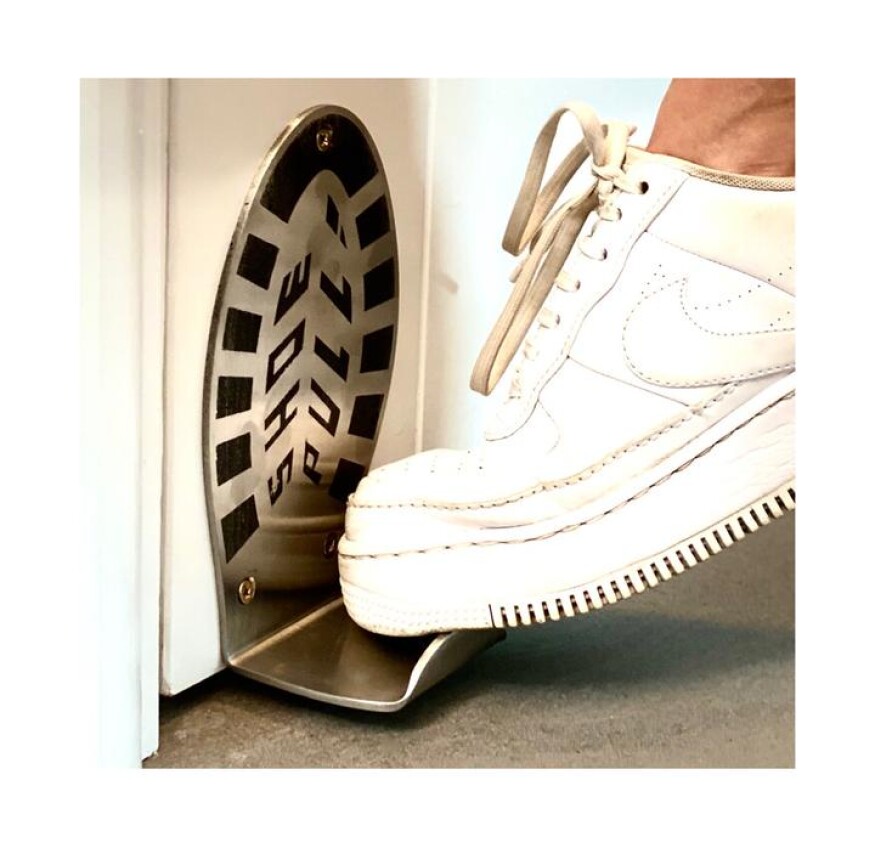 ShoePulllist_720x
ShoePulllist_720xThere are several projects that think about the use of public space
An example is that of Antonio Lanzillo & Partners who rethinks the benches and their use. He plans to install transparent dividers that allow you to enjoy sitting in company and in safety.
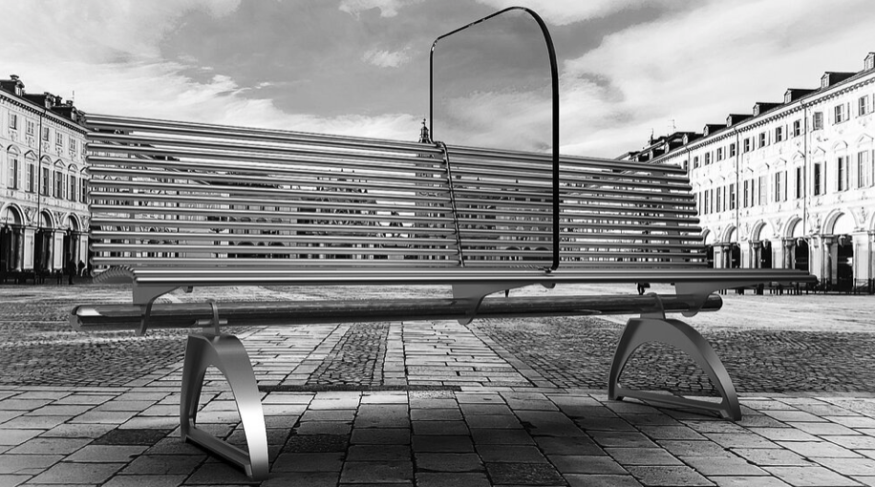 Shield Antonio Lanzillo
Shield Antonio LanzilloAnother project, which instead thinks about safety distance, is that of Studio 212 Fahrenheit in collaboration with Buro Bordo, which poetically proposes to keep the distance by making a part of the bench “disappear” through the mirror coating. The reflective surface places the street furniture in its context and visually eliminates the distance to be respected. A means of respecting the anti-contagion parameters, but trying to conceal the rules by placing the project in its context.
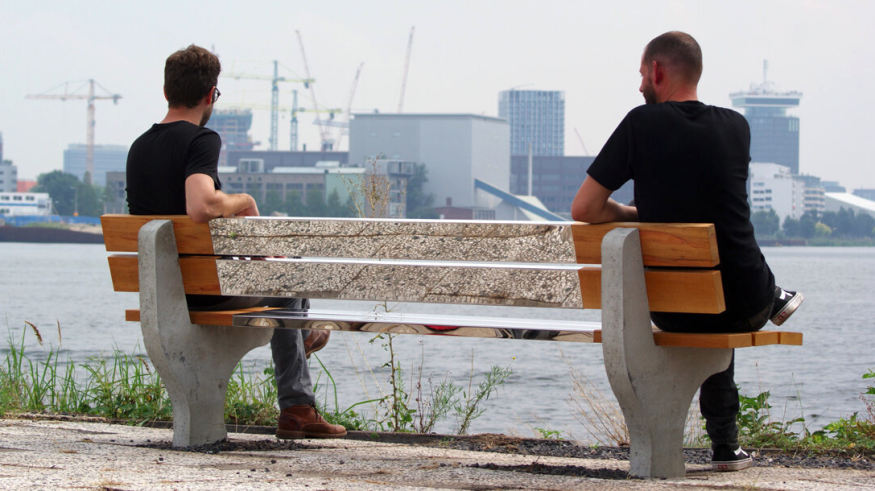 Benched_ph Julia Lefeber
Benched_ph Julia LefeberMoving towards the interior space, many designers are thinking about different solutions for offices and for shared spaces in general. DeVorm's project is a horizontal divider for desks with acoustic and lighting properties. It can be fixed or suspended, and is especially designed for free-plan offices.
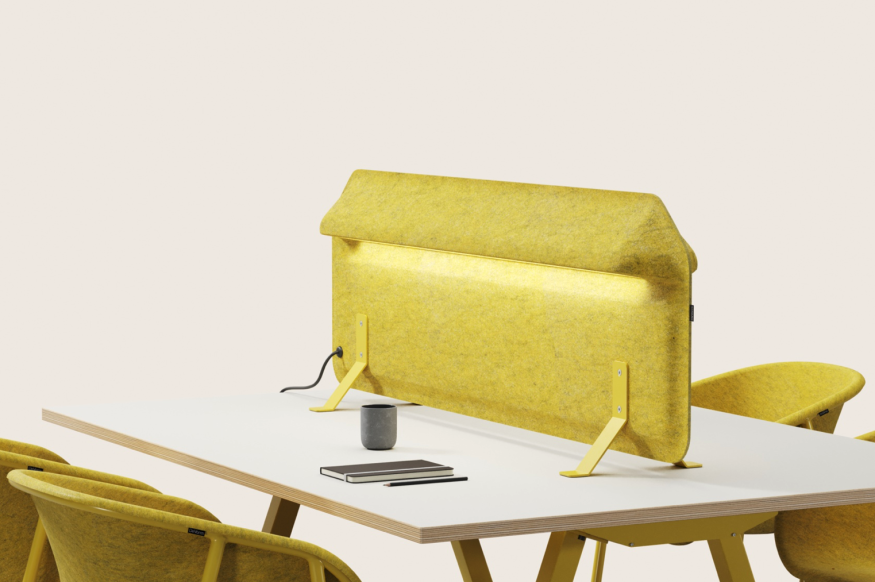 Workplace Divider Lamp_DeVorm
Workplace Divider Lamp_DeVormA project that is gaining importance at the moment is that of capsule armchairs designed by Kateryna Sokolova before the pandemic, which, thanks to the shape, guarantee comfort, safety and innovation. They are always designed for offices, coworking and open spaces, where in some moments there is a need for a greater degree of intimacy. Likewise, they dampen external noise ensuring a quieter environment. In this case, an earlier project is suitable for the insulation needs that have emerged.
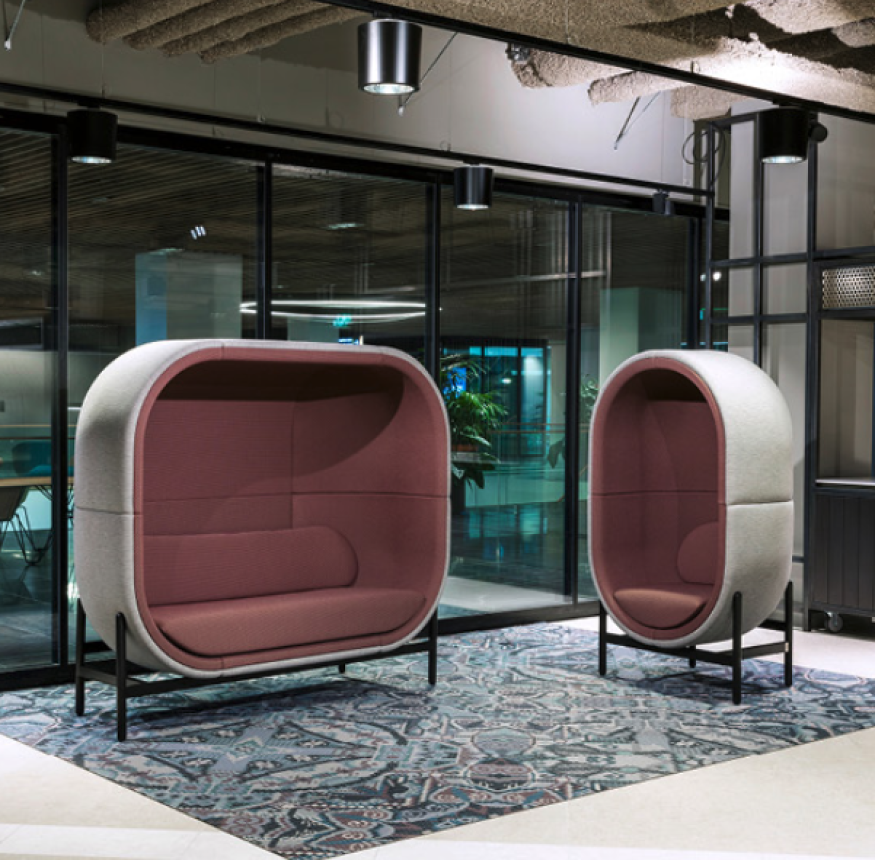 Casala
Casala Other projects, on the other hand, tackle the interior design with irony and environmental sensitivity. The Couch-19 designed by Atelier Tobia Zambotti thinks about the second life of disposable masks, using them as padding for an iceberg-shaped sofa. A cutting-edge product that raises awareness of the different forms of pollution that we are continuing to produce at the moment.
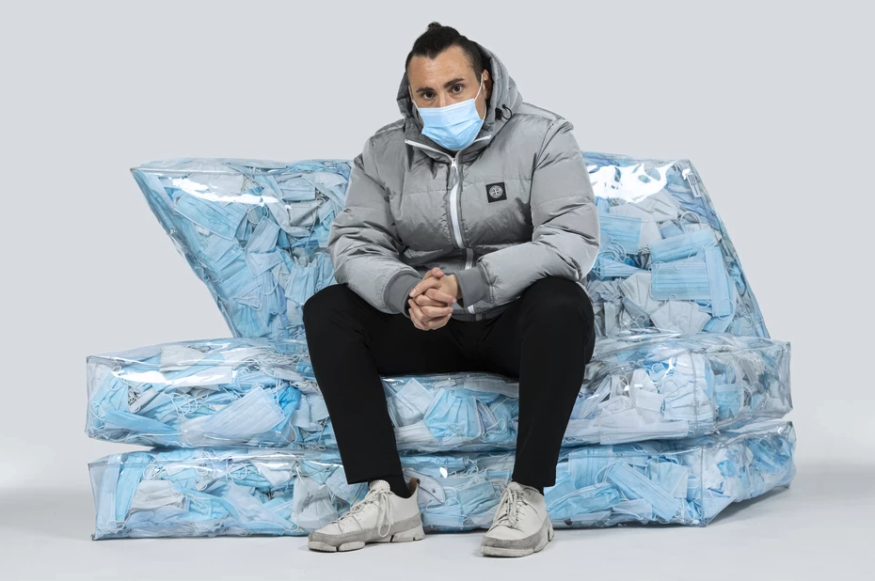 Couch-19_ph Raffaele Merler
Couch-19_ph Raffaele MerlerThe urban project as well as that of housing is undergoing several changes. In addition to punctual and specific solutions, the increasing use of technology is influencing this process, leading to rethink the system of relationships between men. Home automation already combines technology and home, but the former will become an increasingly powerful means that will become a more widespread part of our future daily life.
Do you know other projects that propose new ideas to cope with the different habits we face?





